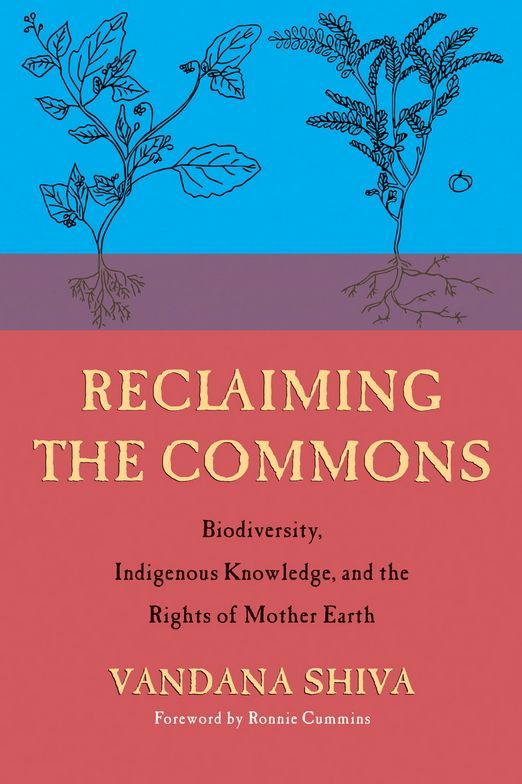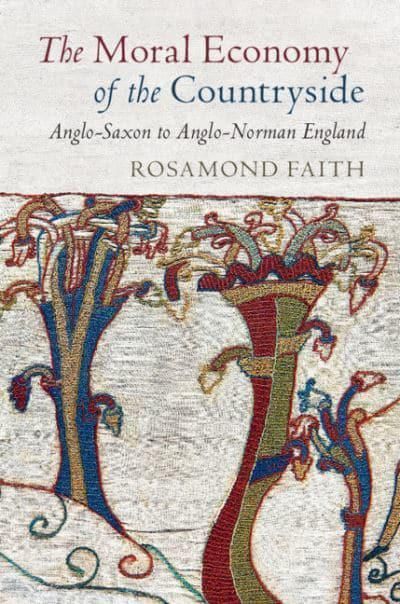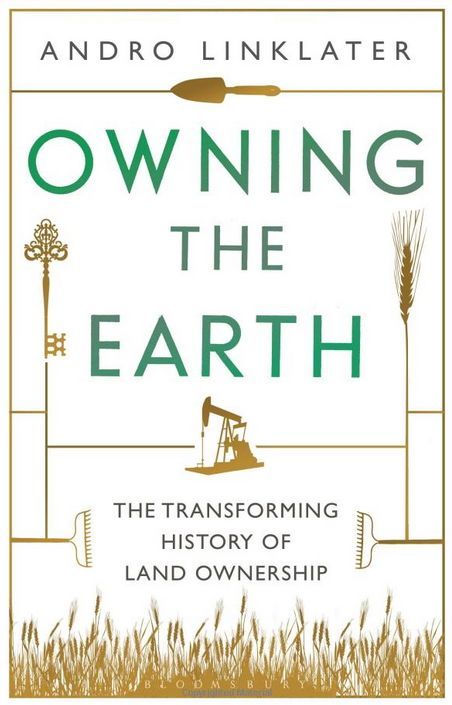Review: The Failure of Land Reform in 20th Century England – The Triumph of Private Property

By Michael Tichelar
ISBN: 9780415793346
Review by Simom McKenna
“The Failure of Land Reform”, as this history shows, is never quite complete. The triumph of private property is therefore likewise never final. Human society is forever negotiating between the benefits and dangers inherently associated with all conventions of private property. There is an ongoing oscillation between too much and too little alongside disagreement as to the ends and virtues associated with the possession of private property.
Tichelar’s history of land reform provides a fascinating account of this disagreement as it unfolded in an extremely turbulent twentieth century. Last century was as perhaps remarkable for its periods of stability and progress as for its periods of instability and destruction. The period provides much important information which is bound to be as interesting to land reformers in the twenty-first century, as it will to those who were active during those reforms.
The achievement of this book is that it shows that land is a determinative part of political life. An account of attitudes and debate pertaining to it mean a whole century can be described with reference primarily to the exigencies consequent to the British compromise on land as a private property. Thus the history of land reform is the real history of the democratic franchise itself.
The book as a whole is laid out well by Tichelar and his publisher. Arranged episodically (pre-1914, 1914-1939, 1942-1979, 1942-1979, 1979- mid 2017) each section is lucidly introduced and concluded. The first two chapters provide a useful summary of the history of land reform up to 1914. It quickly becomes apparent that the conflicting basic interests of the landed minority and the landless majority are more nuanced than considerations of the fiscal dimension alone allow. Conflict also takes place over the symbolic and practical significance of city and countryside, industry and leisure, individual rights and the rights of the common good. Important in their own right, themes of home, neighbourhood and nation also come into play as international circumstances force their way onto the domestic agenda.
Part II, consisting of chapters 3 and 4, covers the events following the First World War. The desire of urban citizens for leisure come into conflict with the middle class rural concerns to preserve the symbolic natural beauty of the countryside. This combined with a more practical concern. Increasingly urban and industrial, modern Britain demanded access to cheap locally produced food. Farmers thus became seen as hard-working heroes, unlike exploitative monopolist urban land owners and a retreating aristocracy. Meanwhile “the rise of owner occupation which accompanied the expansion of voting rights” meant the introduction of a land value tax became an untenable proposition.
Tichelars exposition follows the complex changes in the political dialogue about land. Some occurred as a result of ideological shifts. In part II, chapters 3 & 4, Tichelar describes how the Labour Party’s faith in the free market and taxing land values dwindled. These were replaced with ideas which advocated for a more centrally planned form of economic and social justice, in the form of town and country planning and land nationalisation. Although land value taxation made the 1929 Labour party manifesto, it was not implemented in the ensuing coalition government. Conservatives argued that previous incarnations of the “feeble” land tax implemented by Philip Snowden in 1924, had proved ineffective and too expensive to administer. Instead they insisted that a “property owning democracy” was the best defense against the rise socialism. Labour and Conservative voters agreed.
The political and parliamentary drama which unfolded during and following the Second World War are the topic of book III. Tichelar rightly devotes four chapters to the era. Here, as at other times in the history of land reform, several contradictory political forces emerge at the same time. Again the farmer and a romanticised image of the countryside become important figures in the national self-image. The land monopolist is despised anew. These sentiments, the necessity of rebuilding the cities after the Blitz, and the heightened sense of common purpose which united communities after the war, meant compulsory purchase was a popular form of land reform. But political and legal complexities stalled reform. The primary issue was an inability to gain consensus on the details, especially regarding exactly how much owners should be compensated, and exactly how much should be granted to “betterment”.
Augments for a land value tax based market in land failed because it was thought that only a centrally planned urban and rural planning could restrict the intrusion of industry into the countryside. The urban Labour and rural Conservative constituencies of both political parties were therefore untied against radical reforms like a land value tax. Instead, both parties offered the electorate more property in land, including Labour in 1959, when it campaigned for council tenants to be able to buy their own homes.
By 1979, ideological arguments for a deregulated market in land overwhelm the debate. The public is again offered private ownership of public land. Part IV, chapters 9 to 10, describes the rise in ideological support for a so-called free market in land. “Right to Buy” leads to the current problem of “uncontrolled increases in land and property prices”. Such conditions mean people are again eager for serious reform. Tichelar doubts the main political parties are able or willing to finally implement radical changes. It seems likely that only incremental change will succeed.
Tichelar’s account clearly shows that land reform has been one of the centuries most high-profile and most hotly-debated topics. His history shows us how private property in land continually threatens to destroy the common good. Reform is likewise liable to counter reform; those who understand the place due land in political economy, or those who simply value the wellbeing of the individual and the county, must ever make our reforms fit for the changing political, economic and legislative landscape.




